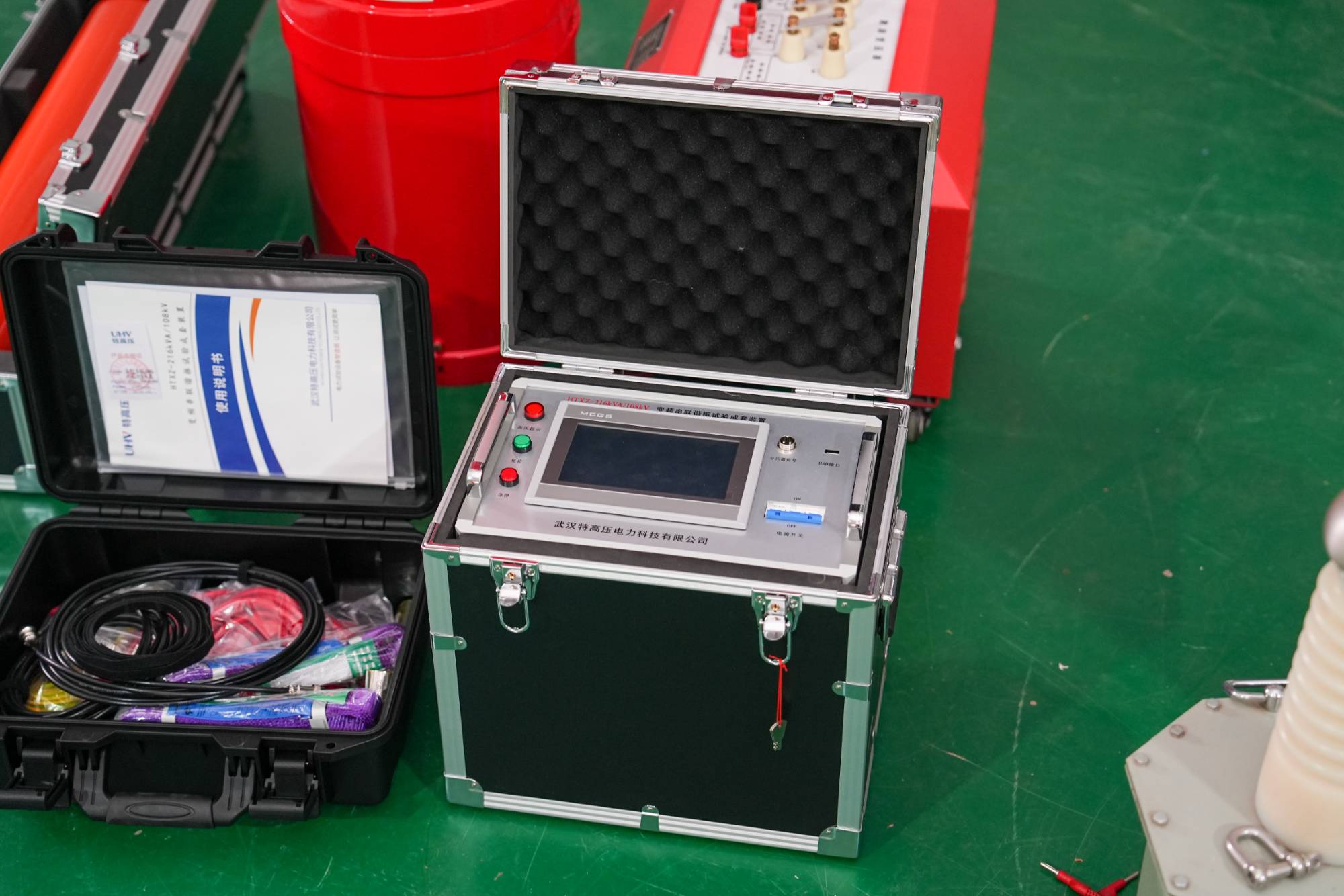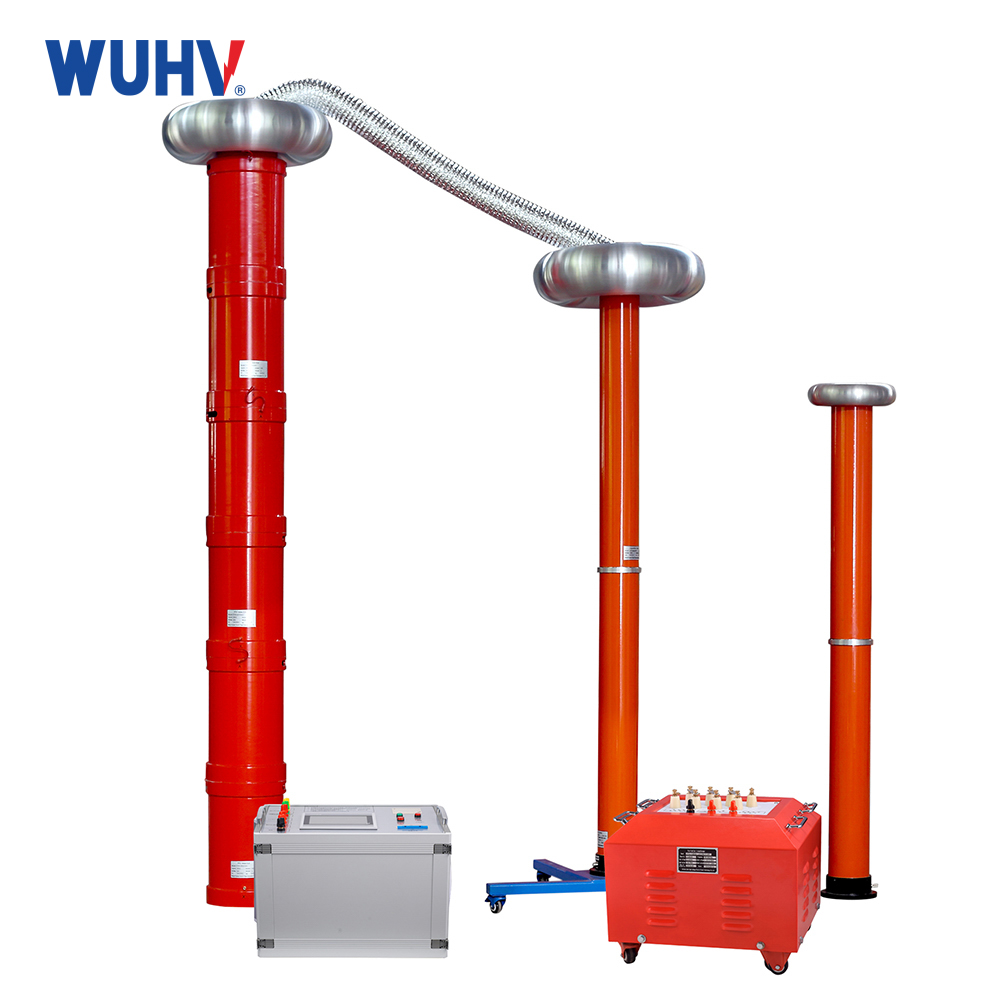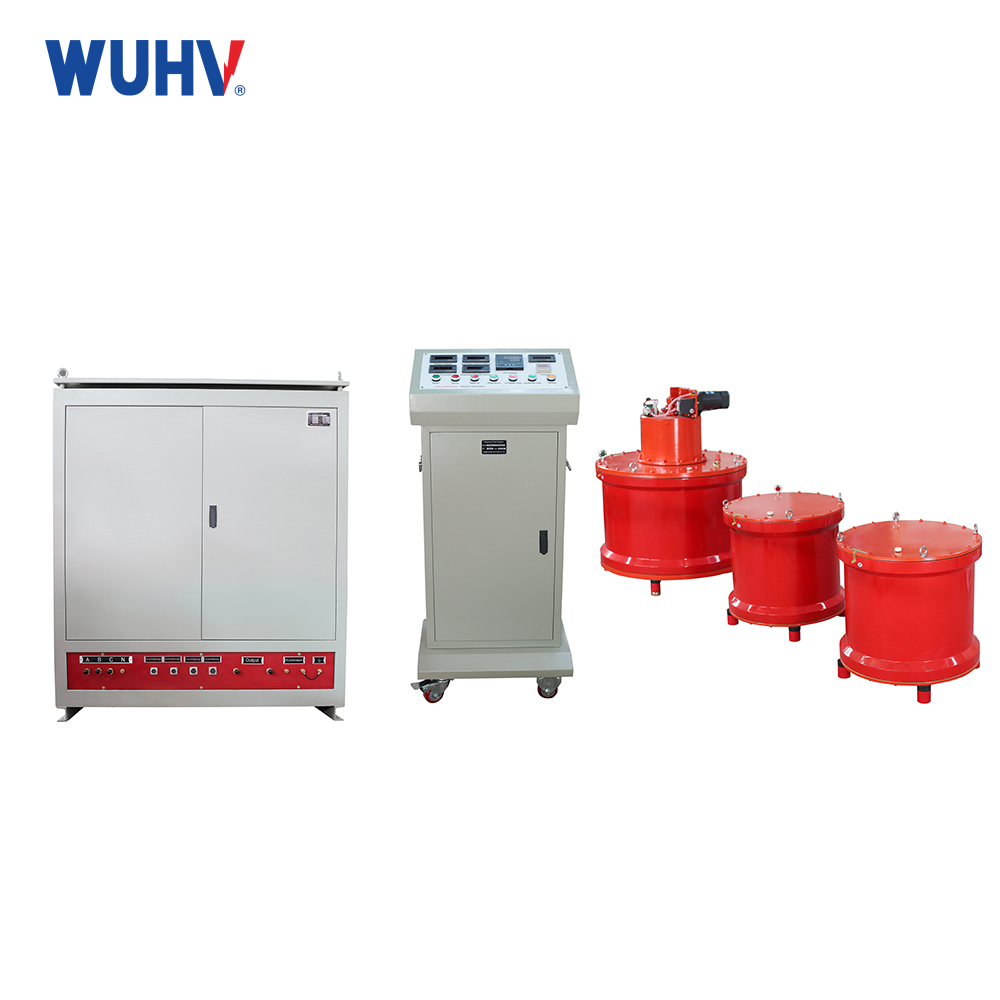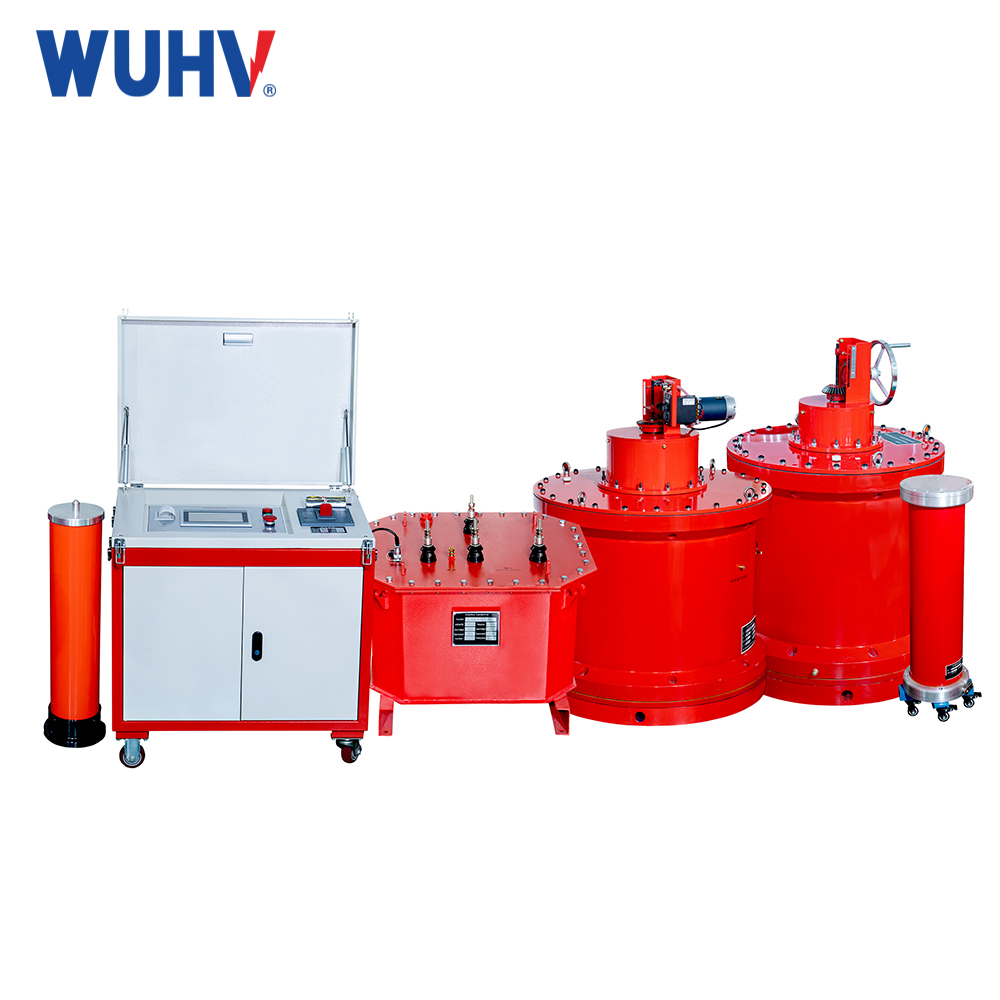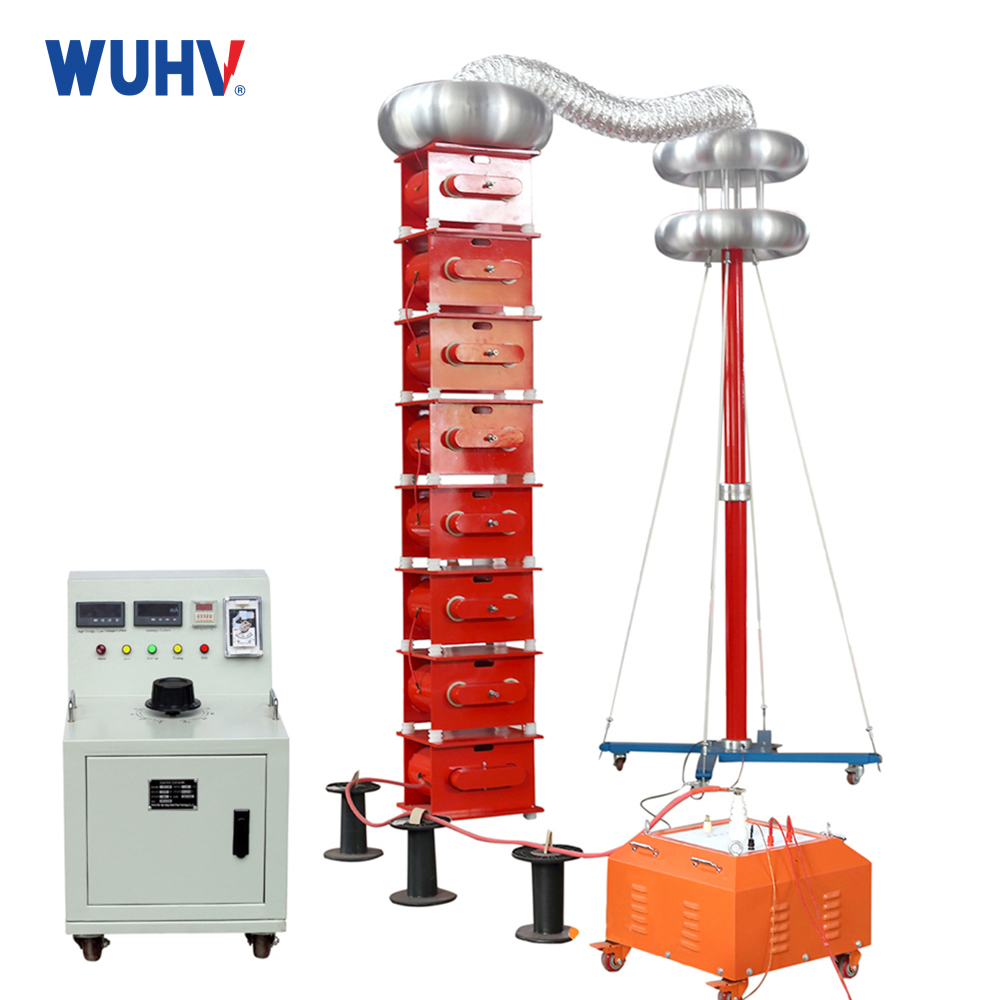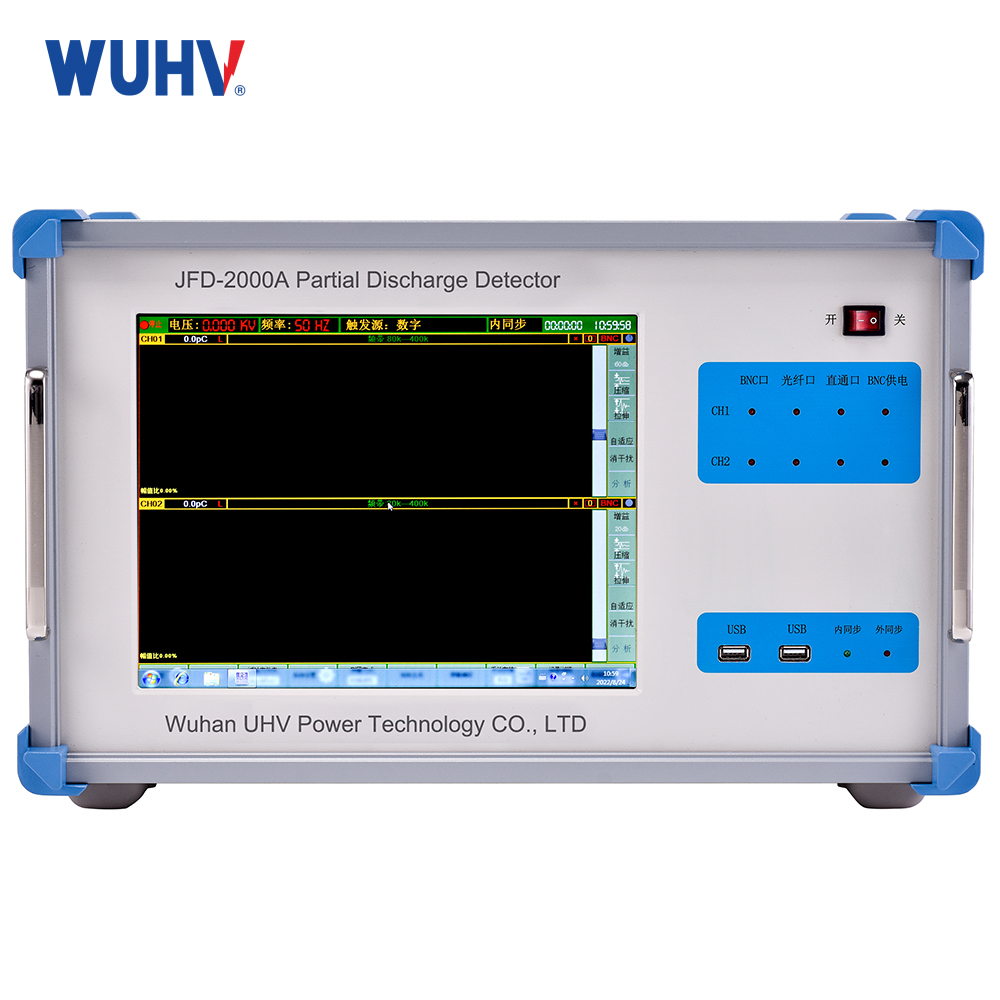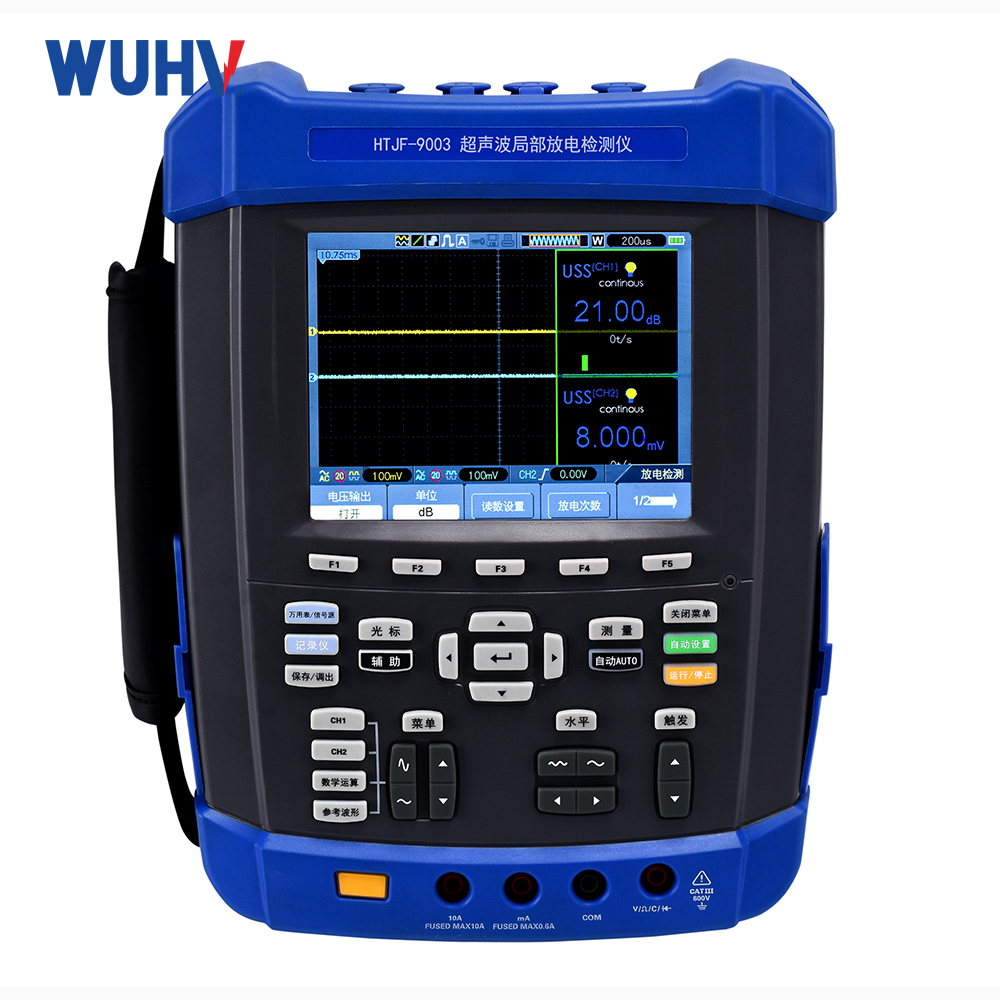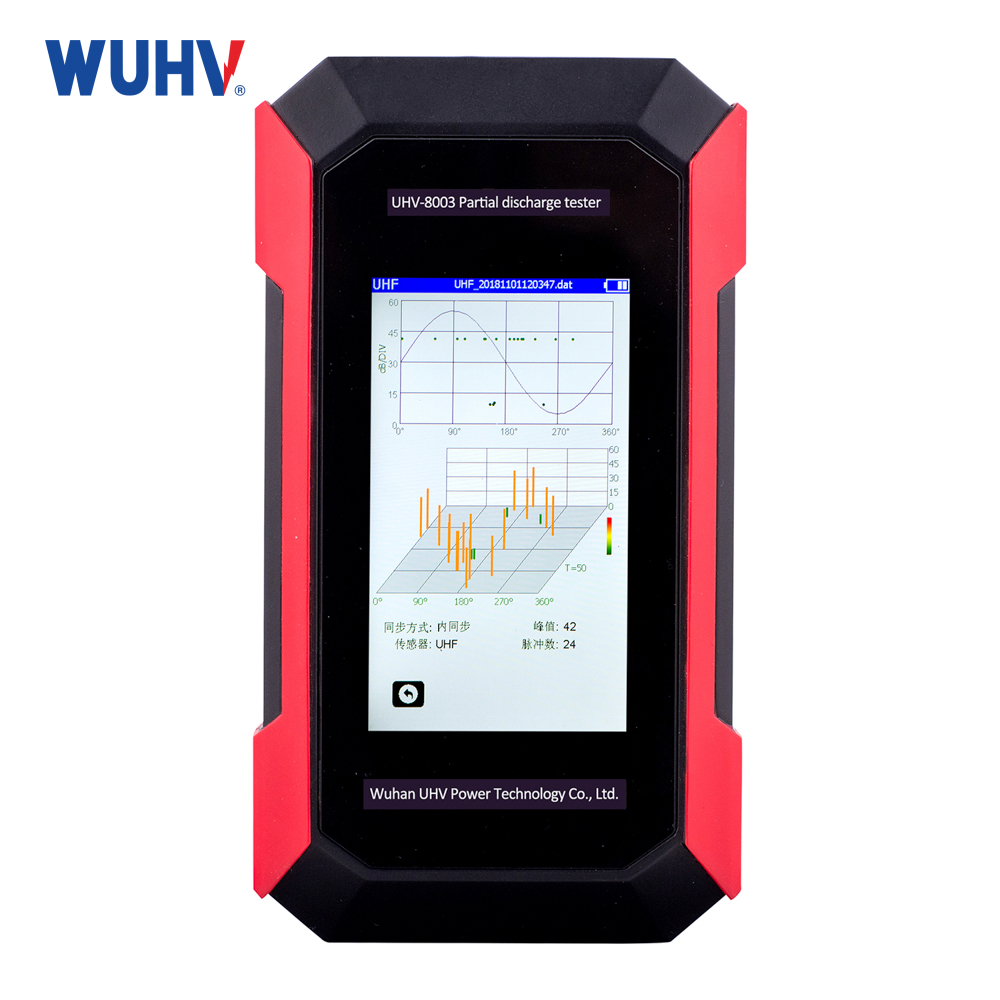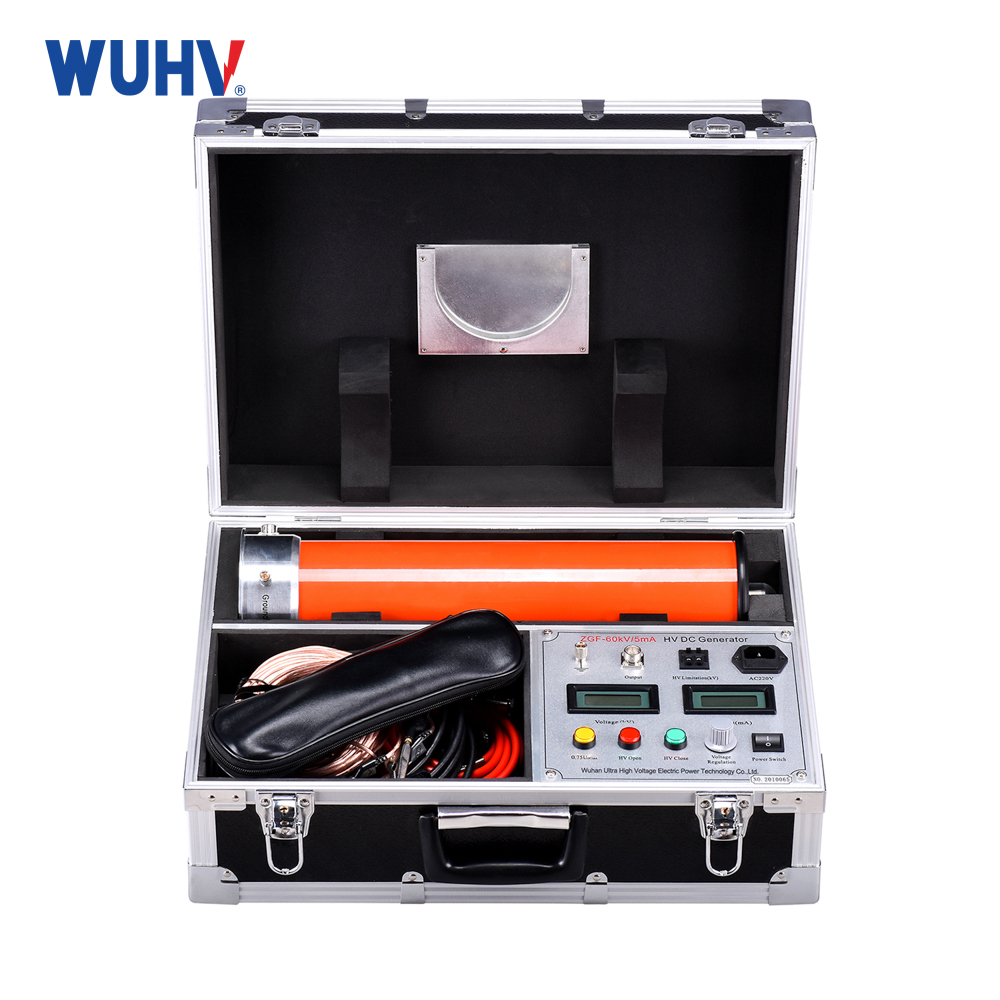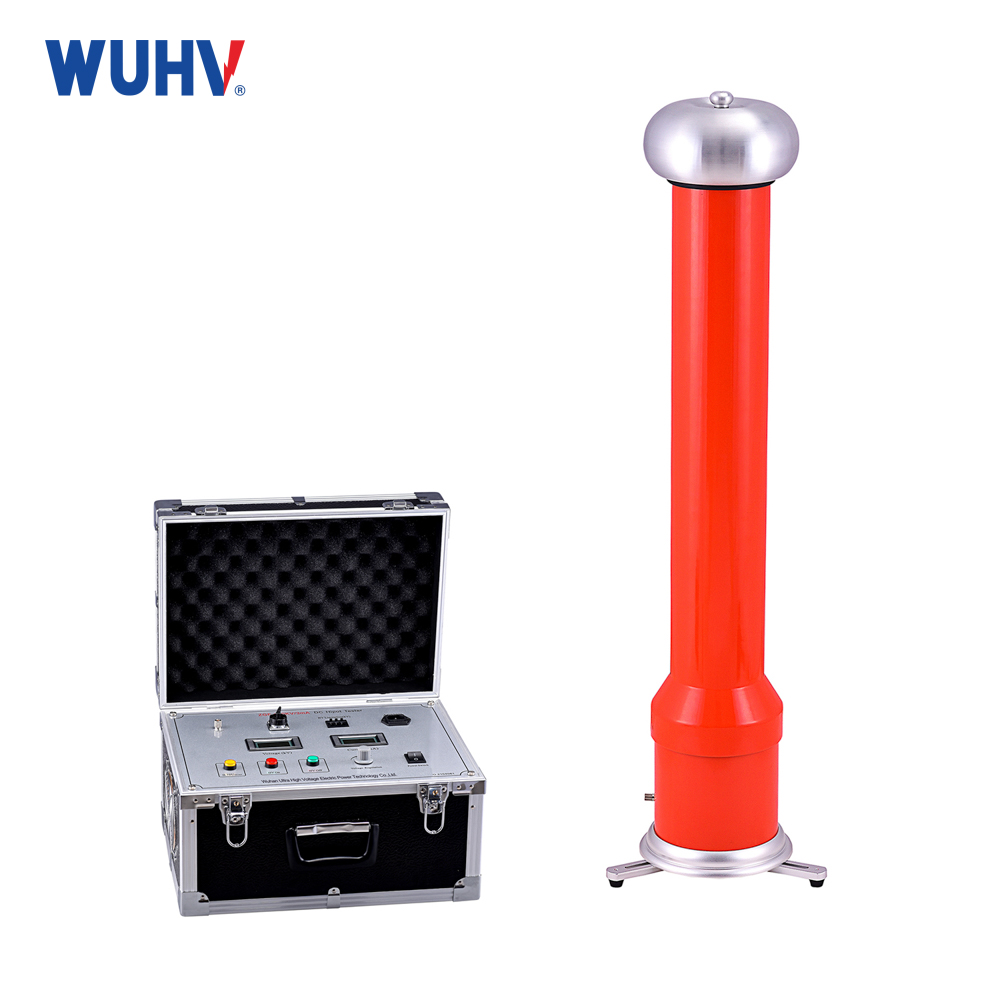Analysis of Variable Frequency Resonant Withstand Voltage Test ? Wuhan UHV specializes in the production ofseries resonance, with a wide range of product selection and professional electrical testing. To findseries resonance, choose Wuhan UHV.
Background and advantages analysis of using frequency conversion resonance withstand voltage test for power cables
Compared with overhead power lines, cable lines have advantages such as concealed laying, less climate interference, less maintenance, and less impact on urban appearance. Their application in urban power grids is becoming increasingly common, and the cable conversion rate has become an important indicator of the technical level of urban power grids. As oil immersed paper insulated power cables gradually exit the historical stage, they are replaced by rubber insulated power cables that are easy to install and have no oil leakage problems. Among them, cross-linked polyethylene (XLPE) power cables have become the mainstream cables due to their good electrical and mechanical properties, large transmission capacity, and flexible construction and installation.
In order to ensure the safe operation of the power line, a handover acceptance test must be conducted before the power cable is put into operation to avoid mechanical damage, installation process defects, and other problems that may cause operational failures and losses; During the operation of power cables, regular preventive tests should also be conducted to promptly detect potential faults and latent defects. In these tests, they are divided into two categories based on the degree of danger of the insulation being tested: non-destructive tests and destructive tests. The former is called non-destructive tests because the applied voltage is lower than the rated voltage and will not damage the insulation performance of the cable. The main test items include insulation resistance measurement, leakage current measurement, dielectric loss factor measurement, etc; The latter requires testing under conditions higher than the working voltage, which may cause insulation damage and destruction, hence it is called destructive testing. The main test items are DC withstand voltage test and AC withstand voltage test. Although non-destructive testing can detect many insulation defects, some local defects cannot be detected due to the low test voltage, so destructive testing is necessary to further expose these defects. The DC withstand voltage test equipment is small in size, light in weight, easy to operate, and convenient for on-site implementation. At the same time, the insulation structure of early oil immersed paper insulated power cables was a combination of oil and paper. The use of DC withstand voltage test will not cause insulation damage due to accumulated charges, so it was once the main test item on site for a long time. However, the DC withstand voltage test is not suitable for XLPE cables because its insulation structure is a solid medium, which is different from the insulation structure of oil immersed paper cables. Under the action of a DC electric field, it is easy to store and accumulate space charges, forming a "memory effect", and it takes a long time to fully release the accumulated charges. After the handover test and preventive test, it is unlikely to wait for such a long time before being put into operation, which can easily cause accumulated charges to stack on the peak AC voltage at the power frequency and break down the cable; On the other hand, the "water branches" in XLPE cables (referring to the tree like structures formed by the infiltration of moisture into the insulation structure and the action of an electric field) will quickly transform into "electric branches" (referring to the tree like discharge channels formed inside the insulation structure) under direct current voltage, thereby accelerating insulation aging and causing cable breakdown faults. The AC withstand voltage test environment is closer to the actual operating environment, and the electric field distribution is also different from the DC voltage. The AC electric field is controlled by dielectric parameters, while the DC electric field is controlled by resistivity. These characteristics determine that the AC withstand voltage test is a more effective and safe way to identify XLPE cables.
Taking the variable frequency series resonant withstand voltage test as an example, the test device consists of a variable frequency power supply, an excitation transformer, a resonant reactor, a capacitive voltage divider, and a compensation capacitor. At present, variable frequency power supplies can be automatically tuned, but they can also be manually tuned. The excitation transformer is used to isolate the variable frequency power supply from the test circuit, while trying to match the power and voltage of the tested cable. Generally, there are multiple winding taps to meet the requirements of different voltages and capacities. There are two types of reactors: oil type and dry type, with the former having a larger capacity; The latter is lighter, but has poorer heat dissipation. Capacitive voltage divider is used to measure the voltage of the tested cable. Compensation capacitors are used to compensate for short distance and low equivalent capacity cable capacity, and are generally connected in parallel in the test circuit.
At present, the proportion of cross-linked polyethylene cables used in urban power grid cable lines in China has exceeded 90%. Due to the high cost and significant power outage losses of power cable lines, it is particularly important to choose effective testing methods. The frequency conversion resonance test method has gradually attracted attention in recent years, and with the deepening of people's attention, this method will inevitably have broad application prospects.


